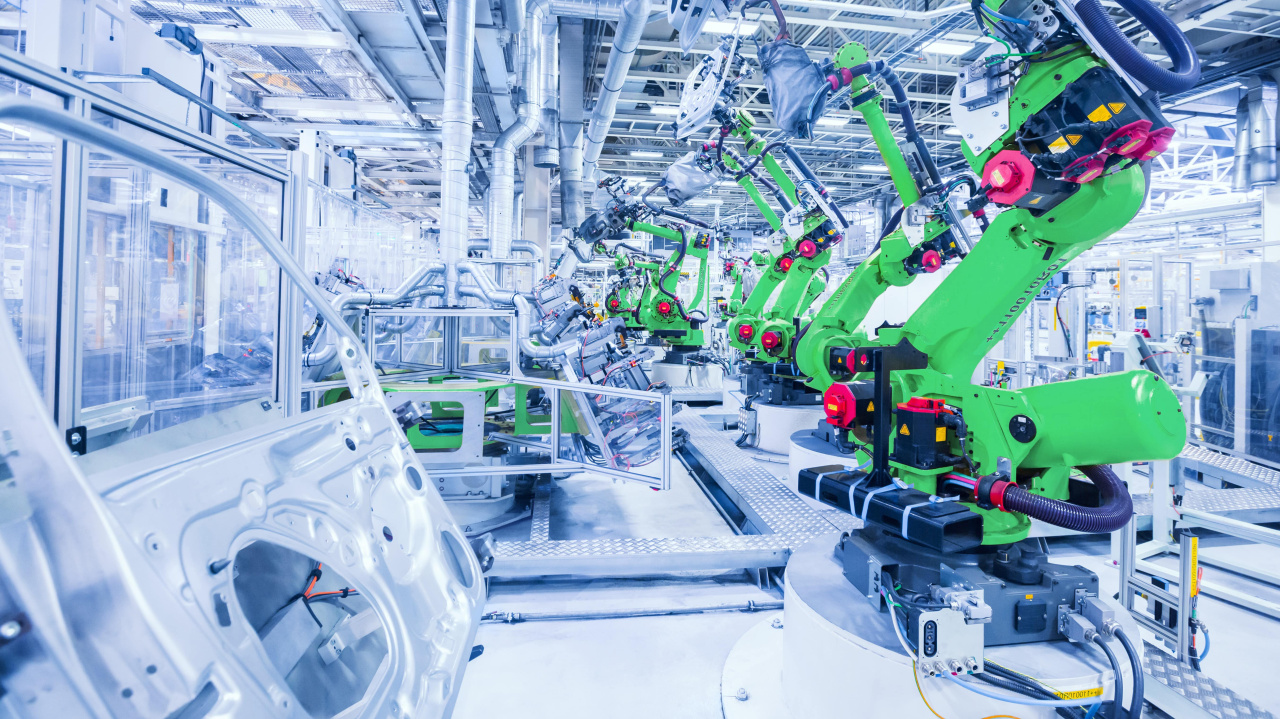Pay-per Use Equipment Finance, in the evolving landscape of manufacturing finance is emerging as an innovative factor that transforms conventional models and gives businesses unprecedented flexibility. Linxfour is at the forefront of this new trend, uses Industrial IoT to bring a new way of financing that is beneficial to both the equipment owners and manufacturers. We look at the complexities of Pay Per Use financing, and how it impacts on sales under difficult conditions.
The Power of Pay-perUse Financing
Pay-per-use financing is fundamentally a game changer for companies. Businesses no longer pay rigid fixed amounts and instead pay in accordance with how the equipment is actually employed. Linxfour’s Industrial IoT Integration ensures accurate monitoring, transparency, and avoids additional costs or penalties if equipment isn’t being used. This new approach improves flexibility in managing cash flow. This is especially crucial when there is a changing demand from customers and lower revenue.
Effect on sales and business conditions
There is a general consensus that Pay per use financing is a great option. In spite of difficult economic conditions, 94% of equipment makers believe that this type of financing will increase sales. The idea of balancing costs and equipment use can be appealing to businesses that want to maximize their spending. It also allows manufacturers to offer more attractive credit to their customers.
Accounting Transformation: Moving From CAPEX to OPEX
Accounting is a major distinction between traditional leases and Pay-per-Use financing. With Pay-per-Use, companies undergo a radical transformation by shifting from capital expenses (CAPEX) to operating costs (OPEX). This has significant implications on financial reporting, as it provides a clearer understanding of the cost associated with revenue.
Unlocking Off-Balance Sheet Treatment under IFRS16
Pay-per-Use finance has an distinct advantage, as it is considered to be off balance sheet. This is an important consideration for the International Financial Reporting Standard 16 IFRS16. Businesses can eliminate these liabilities by converting their equipment finance costs. This approach not only minimizes the risk to financials, but decreases the obstacles to investing. It’s an attractive proposition for businesses looking to create a more flexible financial structure.
Integrating KPIs in the event of Under-Utilization
Pay-per-Use models, along with being a part of the balance sheet, also contribute to improving important performance indicators (KPIs) for example, cash flow-free as well as Total Cost Ownership (TCO), in particular in cases of under-utilization. When equipment doesn’t meet the required usage rate the traditional leasing model can be problematic. Businesses can optimize their financial performance by reducing fixed charges on assets underutilized. See more at Off balance
Manufacturing Finance The Future of Manufacturing Finance
Innovative financing options like Pay-per Use are helping companies navigate the economic landscape which is rapidly evolving. They also pave the way for a future more flexible and resilient. Linxfour’s Industrial IoT driven approach is not only beneficial for manufacturers and operators of equipment and suppliers, but also aligns with a larger trend where businesses are seeking affordable and flexible financial solutions.
In the end, the introduction of Pay-per-Use financing, coupled with the change in accounting treatment from CAPEX to OPEX and off-balance sheet treatment under IFRS16, represents a significant development in manufacturing finance. In a manufacturing environment which is constantly changing, businesses are looking for ways to improve their financial efficiency, agility and KPIs. This new financing strategy could help them meet these objectives.
